Shop Grains Here
Bread has been a staple food for thousands of years, and grains are the foundation of bread making. With so many different grains available, it can be overwhelming to choose which ones to use for your homemade bread. In this article, we'll dive into the world of grains and explore the best options for your bread making journey.
Understanding the Importance of Grains in Bread Making
Grains are the essential building blocks of bread. They provide the structure, texture, and flavor that make each loaf unique. Additionally, grains are an excellent source of nutrients, such as fiber, protein, vitamins, and minerals.
When it comes to bread making, there are countless types of grains that can be used, each with their own distinct characteristics. Some of the most popular grains used in bread making include wheat, rye, barley, and oats.
The Role of Grains in Nutrition and Flavor
Whole grains are an essential part of a healthy diet as they contain all parts of the grain, including the bran, germ, and endosperm. The bran and germ are rich in fiber and nutrients, while the endosperm provides the bulk of the starch and protein. Together, they create a complex flavor profile that is unmatched by refined grains.
When used in bread making, whole grains add a depth of flavor that cannot be achieved with refined grains. The nutty, earthy flavor of whole wheat bread, for example, is a result of the bran and germ that are included in the flour.
Furthermore, whole grains provide a variety of nutrients that are essential for overall health. Fiber, for example, helps to regulate digestion and can lower cholesterol levels. Protein is important for building and repairing tissues, while vitamins and minerals play a crucial role in maintaining a healthy immune system.
How Different Grains Affect Bread Texture
Different grains have varying levels of gluten and starch, which affect the texture of the bread. Gluten provides the elasticity and strength needed for a fluffy, chewy bread, while starches add softness and moisture.
Wheat, for example, has a high gluten content, making it ideal for bread making. Rye, on the other hand, has a lower gluten content, which results in a denser, more compact loaf. Barley and oats are often used in combination with other grains, as they do not have enough gluten to create a strong structure on their own.
When experimenting with different grains in bread making, it is important to consider how they will affect the final texture of the loaf. Adding too much of a low-gluten grain, for example, can result in a dense, heavy bread that does not rise properly.
Overall, grains play a crucial role in bread making, providing both flavor and nutrition. By understanding how different grains affect the texture and flavor of bread, bakers can create unique and delicious loaves that are both healthy and satisfying.
The Top Grains for Bread Making
Choosing the right grains for your bread recipe is crucial for getting the perfect texture and flavor. Here are the top grains to consider:
Whole Wheat: A Classic Choice
Whole wheat flour is the most common grain used in bread making. It has a nutty, earthy flavor and creates a dense, chewy loaf. Whole wheat flour is also high in fiber, protein, and minerals, making it a healthy choice for bread baking.
Whole wheat flour is milled from the entire wheat kernel, including the bran and germ. This means that it retains all of the nutrients found in the wheat grain. It is also a great source of complex carbohydrates, which provide a slow and steady release of energy throughout the day.
When using whole wheat flour in bread recipes, it is important to keep in mind that it requires more water than white flour. This is because the bran and germ in whole wheat flour absorb more liquid. Adding a little extra water to the dough can help to ensure that the bread comes out moist and tender.
Rye: A Distinctive Flavor Profile
Rye flour is a popular grain in Northern and Eastern Europe, where it is used to make hearty, dense bread. It has a distinct tangy flavor and creates a sticky dough that is challenging to work with. Rye flour is an excellent choice for creating traditional sourdough bread.
Rye flour is lower in gluten than wheat flour, which makes it a good option for those who are sensitive to gluten. It also has a lower glycemic index than wheat flour, which means that it causes a slower and more gradual rise in blood sugar levels.
In addition to being used in bread making, rye flour can also be used to make crackers, pancakes, and other baked goods.
Spelt: An Ancient Grain with Modern Appeal
Spelt flour is an ancient grain that has gained popularity in recent years due to its nutty, sweet flavor and low gluten content. It is a great alternative to wheat flour for those with gluten sensitivity. Spelt flour creates a light, airy texture in bread and has a high protein and fiber content.
Spelt flour is an excellent source of B vitamins, which are important for maintaining healthy skin, hair, and nails. It also contains minerals such as iron, magnesium, and zinc, which are essential for maintaining good overall health.
When using spelt flour in bread making, it is important to keep in mind that it has a weaker gluten structure than wheat flour. This means that the dough may not rise as much as it would with wheat flour. Adding a little extra yeast can help to compensate for this.
Barley: A Versatile and Nutritious Option
Barley flour is a versatile grain that can be used in both sweet and savory bread. It has a mild, nutty flavor and creates a tender, slightly dense loaf. Barley flour is high in fiber, vitamins, and minerals, making it a nutritious choice for bread baking.
Barley flour is a good source of soluble fiber, which can help to reduce cholesterol levels and improve heart health. It is also high in antioxidants, which can help to protect against chronic diseases such as cancer and Alzheimer's disease.
When using barley flour in bread making, it is important to keep in mind that it has a lower gluten content than wheat flour. This means that it may not rise as much as bread made with wheat flour. Adding a little extra yeast can help to ensure that the bread rises properly.
Oats: Adding a Soft and Chewy Texture
Oats are not typically used as the sole grain in bread, but they are excellent for adding texture and flavor. Oat flour creates a soft, chewy texture and adds a slightly nutty flavor to bread. Oats are also high in fiber and protein, making them a nutritious addition to bread recipes.
Oats are a good source of complex carbohydrates, which provide sustained energy throughout the day. They are also high in beta-glucan, a type of soluble fiber that can help to lower cholesterol levels and improve heart health.
When using oat flour in bread making, it is important to keep in mind that it does not contain gluten. This means that it cannot be used as the sole grain in bread recipes. Combining oat flour with other grains such as wheat or rye can help to ensure that the bread rises properly.
Exploring Gluten-Free Grains for Bread Making
For those with gluten sensitivity, finding the right grains for bread making can be challenging. Luckily, there are many gluten-free grains that provide a similar texture and flavor to traditional bread. In this article, we will explore some of the most popular gluten-free grains for bread making.
Buckwheat: A Nutrient-Rich Alternative
Buckwheat flour is a gluten-free grain that has a slightly nutty, earthy flavor. It is a great alternative for those who want a nutrient-rich bread. Buckwheat flour is high in fiber, protein, and essential amino acids. It is also rich in antioxidants and minerals like magnesium and potassium.
When used for bread making, buckwheat flour creates a dense, moist bread that is perfect for toasting. It is also a great option for making pancakes and waffles.
Quinoa: A Protein-Packed Powerhouse
Quinoa flour is another gluten-free alternative that is high in protein, fiber, and essential amino acids. It has a mild, nutty flavor that pairs well with savory or sweet toppings.
When used for bread making, quinoa flour creates a light, fluffy bread that is perfect for sandwiches and toast. It is also a great option for making pizza crusts and flatbreads.
Millet: A Mild and Easy-to-Digest Option
Millet flour is a gluten-free grain that has a mild, sweet flavor. It creates a delicate, crumbly bread that is perfect for snacking. Millet is also easy to digest and high in fiber, making it a great choice for those with digestive issues.
When used for bread making, millet flour is best combined with other gluten-free flours like rice flour or tapioca flour. It creates a bread that is light and airy with a slightly sweet flavor.
Rice Flour: A Staple in Gluten-Free Baking
Rice flour is a staple in gluten-free baking, and for a good reason. It has a neutral flavor and creates a soft, tender bread that is perfect for sandwiches and toast. Rice flour is low in fiber but high in carbohydrates, making it a good option for those who need to watch their fiber intake.
When used for bread making, rice flour is often combined with other gluten-free flours like tapioca flour or potato starch. This combination creates a bread that is soft and tender with a slightly chewy texture.
In conclusion, there are many gluten-free grains that can be used for bread making. Buckwheat, quinoa, millet, and rice flour are just a few of the options available. Each flour has its unique flavor and nutrient profile, making it important to experiment to find the perfect match for your taste buds and dietary needs. Happy baking!
Tips for Mixing and Matching Grains in Your Bread Recipes
Choosing the right grains for your bread recipe is just the first step in creating the perfect loaf. Here are some tips to help you mix and match grains:
Balancing Flavors and Textures
Experiment with different combinations of grains to create a balanced flavor and texture. Mixing whole wheat with barley or oats with quinoa can create a unique, flavorful bread.
Adjusting Baking Times and Techniques
Different grains require varying baking times and techniques. Pay attention to the recipe and adjust as needed to ensure the bread is fully cooked and has the desired texture.
Experimenting with Grain Ratios
Don't be afraid to experiment with different ratios of grains in your bread recipes. Adding a small amount of rye to a traditional whole wheat recipe can create a tangy, complex flavor, while replacing part of the flour with spelt or quinoa can add extra nutrients and a unique texture.
Conclusion
Grains are the foundation of bread making, and choosing the right ones can make all the difference in the final product. Whether you choose whole wheat, rye, or a gluten-free alternative like quinoa or rice flour, each grain brings its unique texture and flavor to your loaf. Don't be afraid to experiment with different combinations and ratios to create the perfect bread for your taste buds.
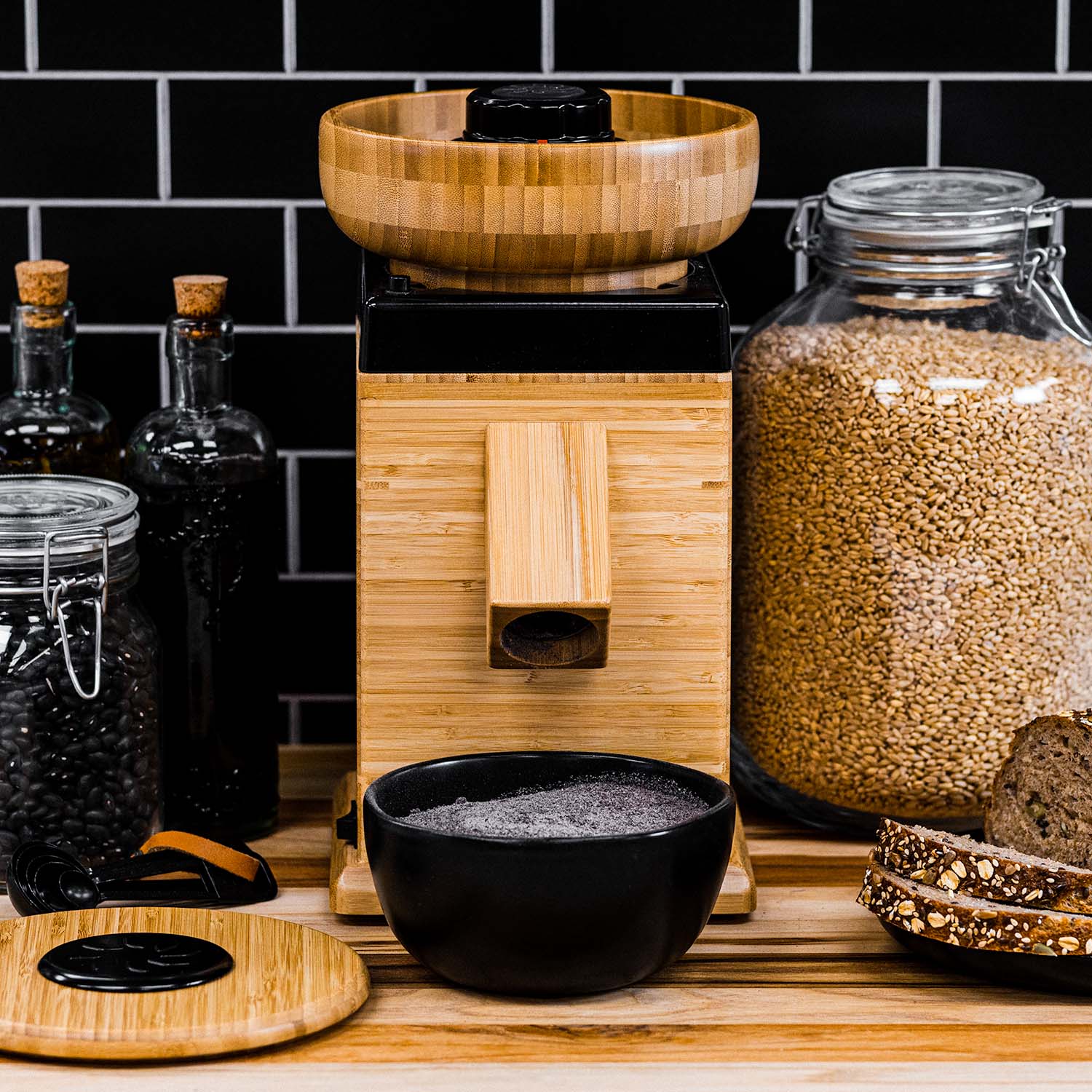
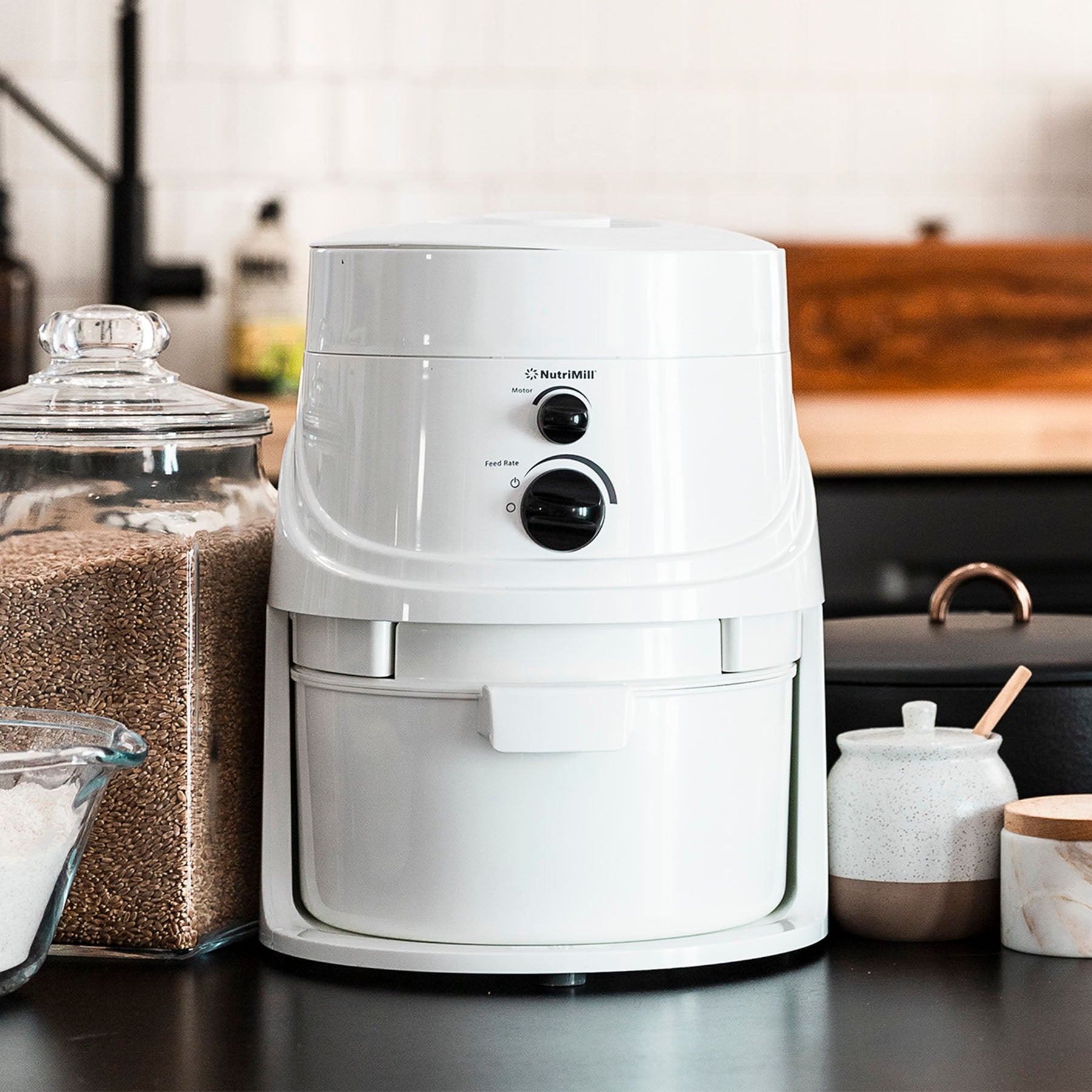
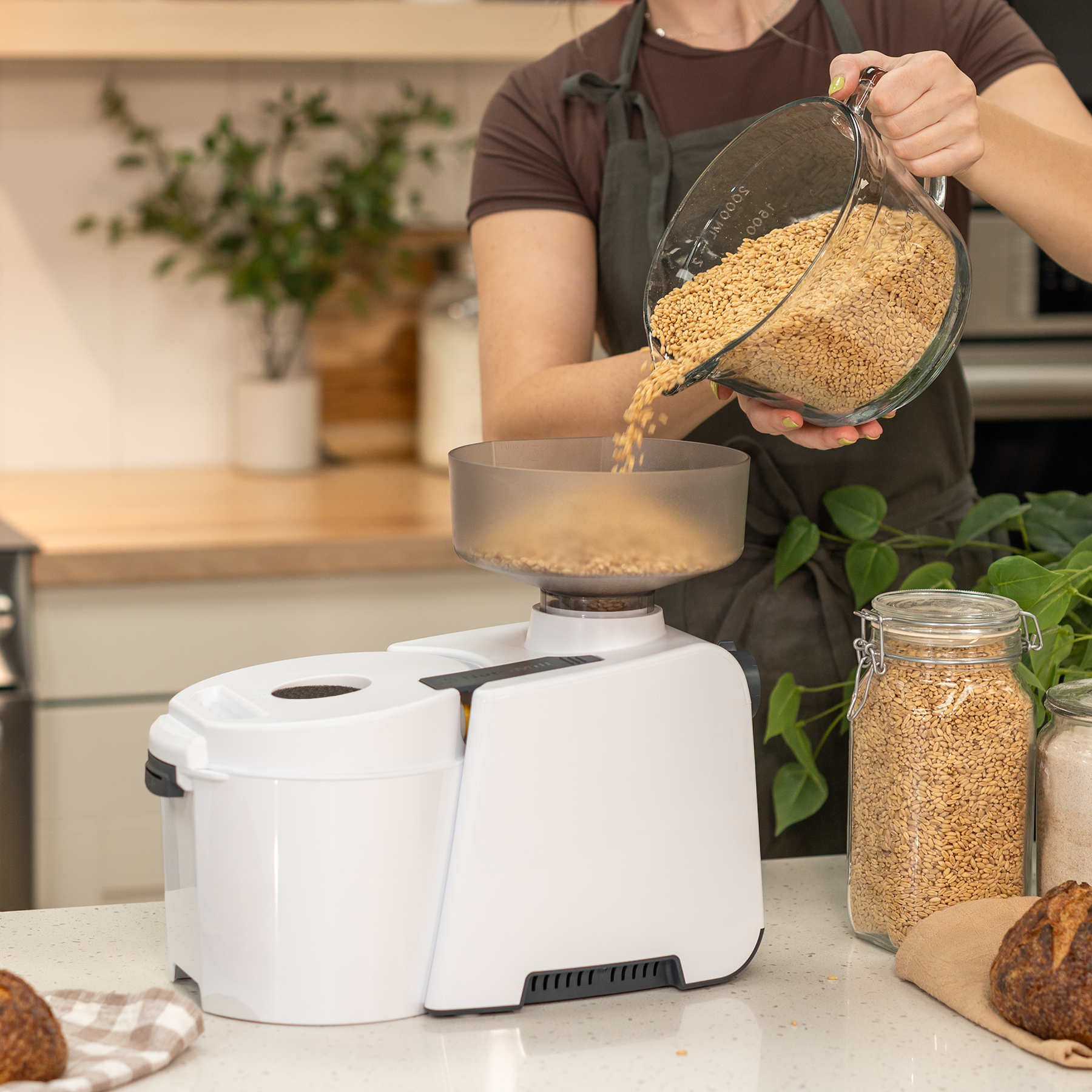
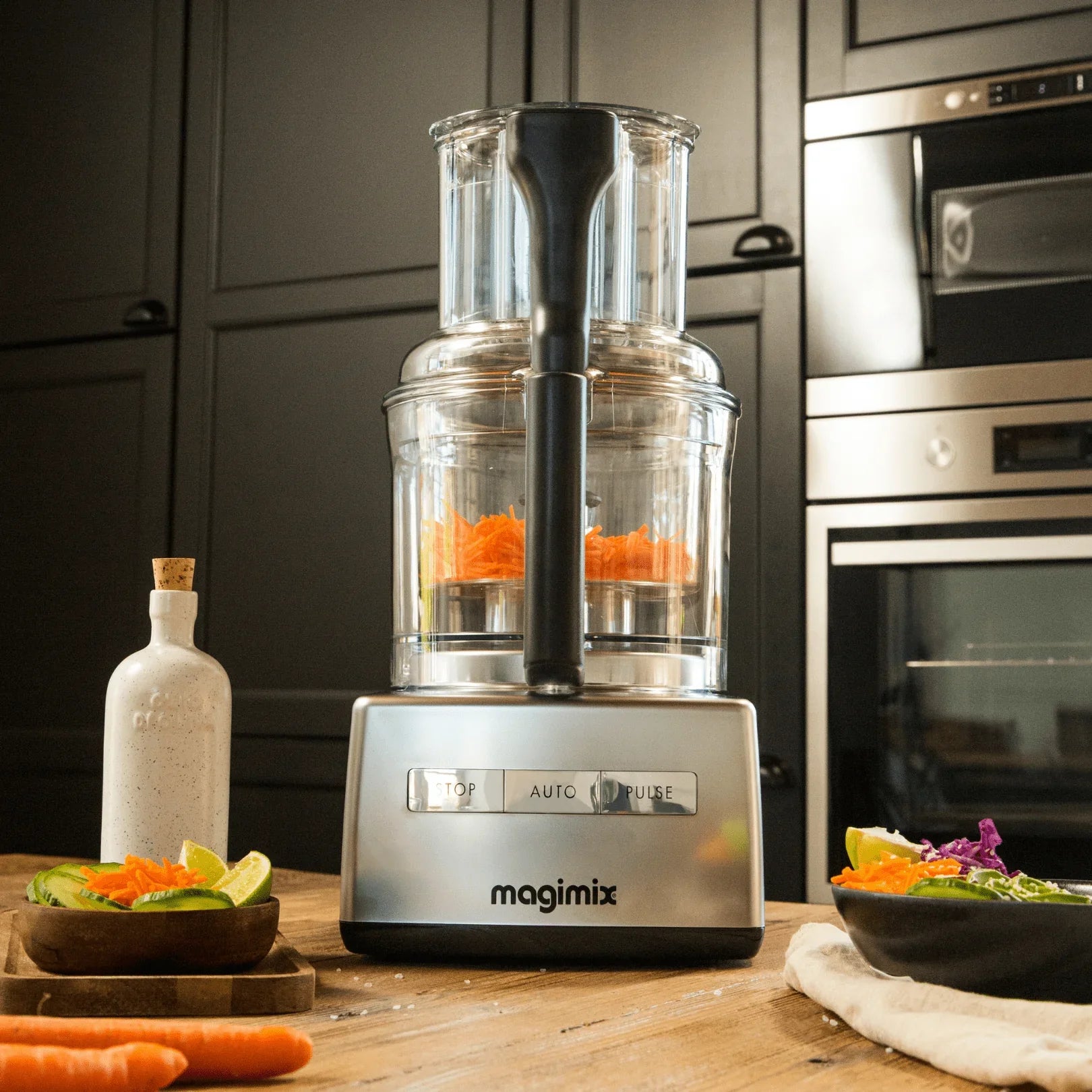
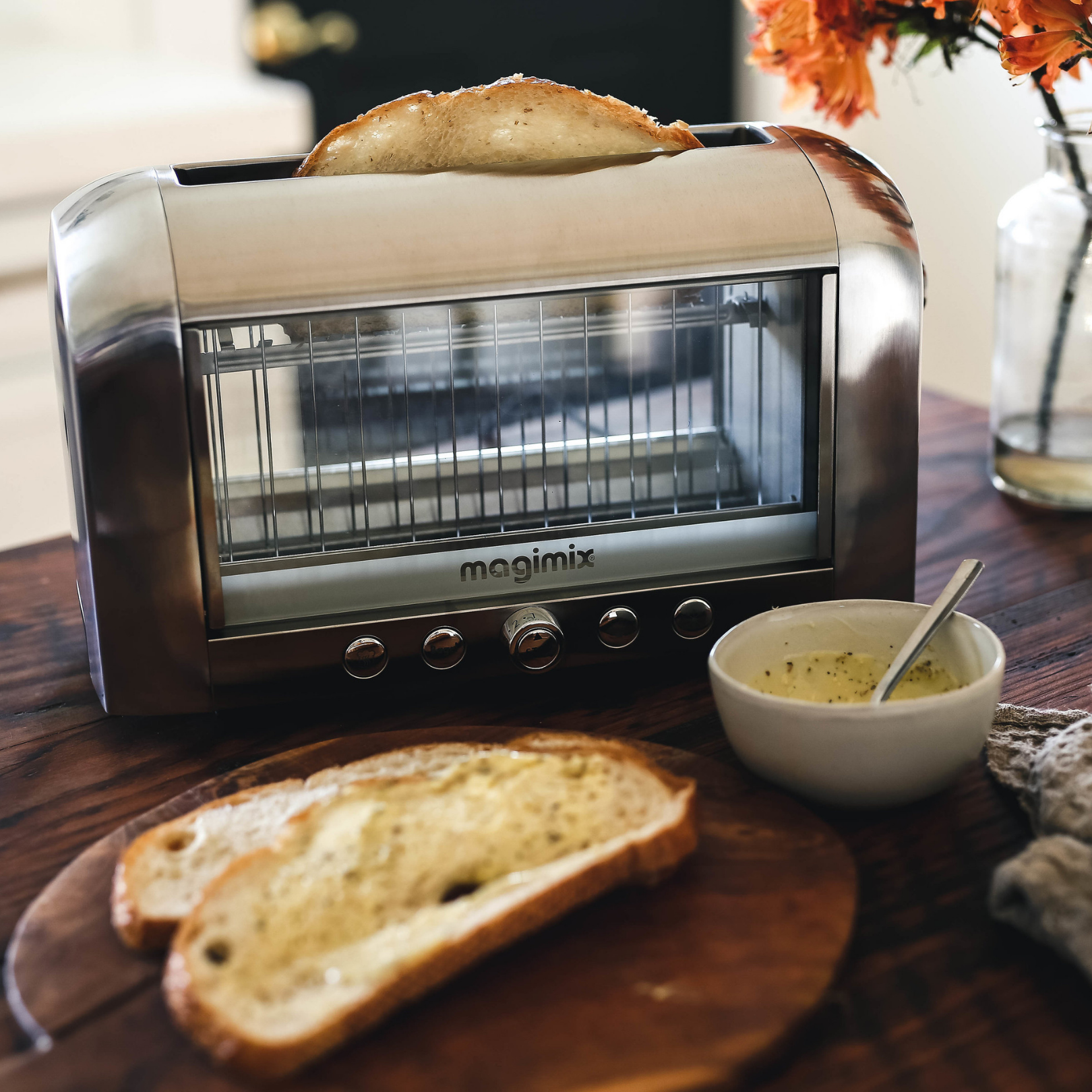
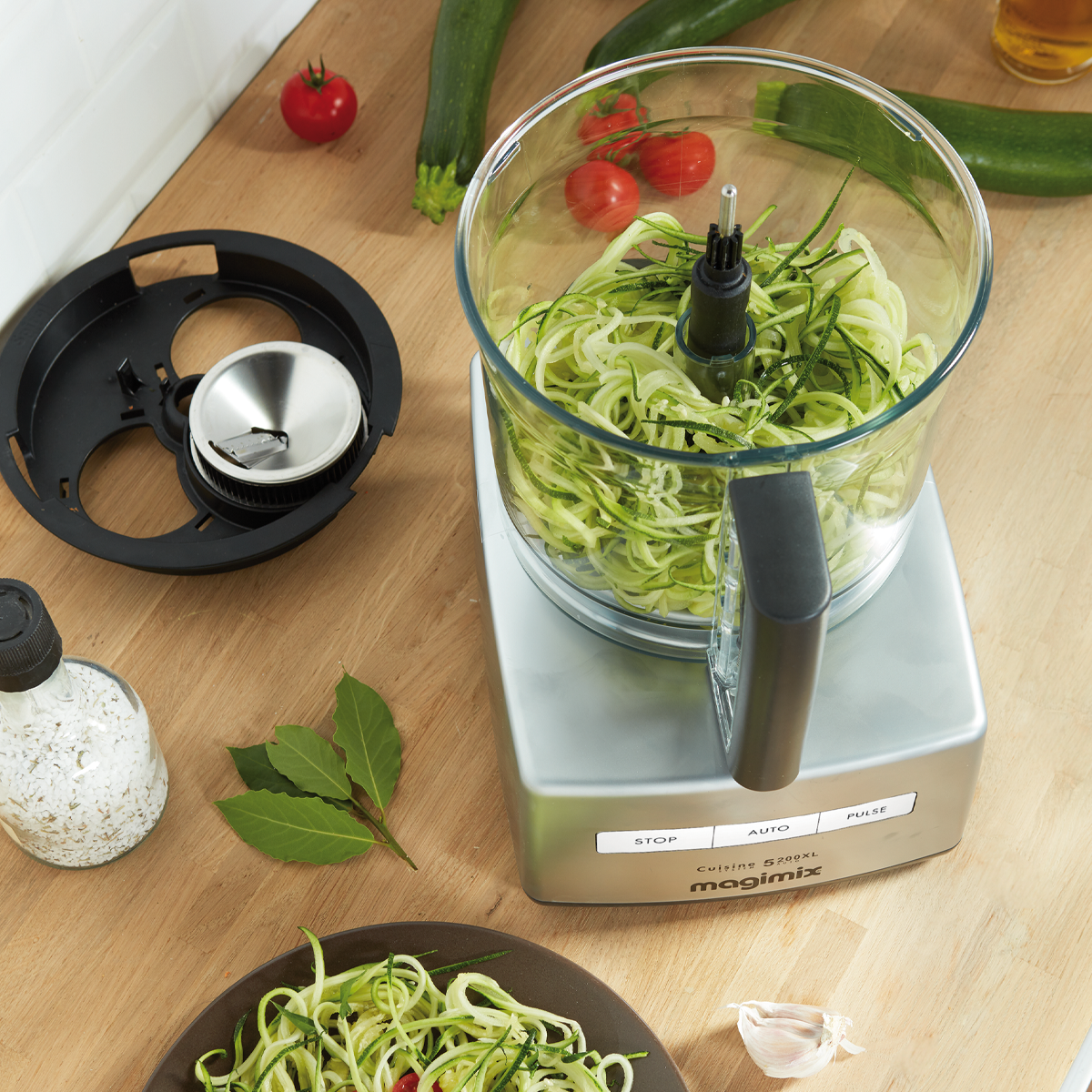

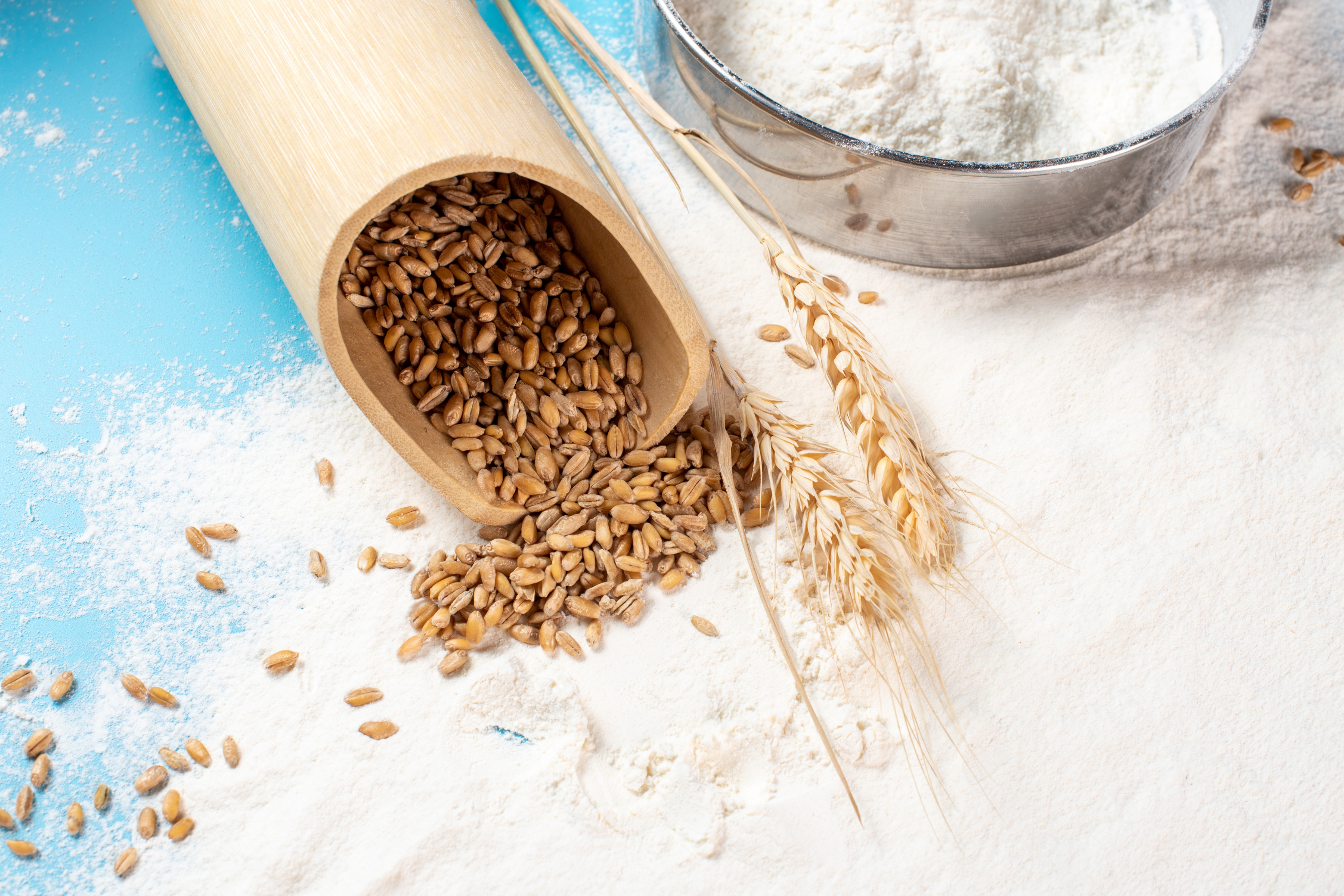
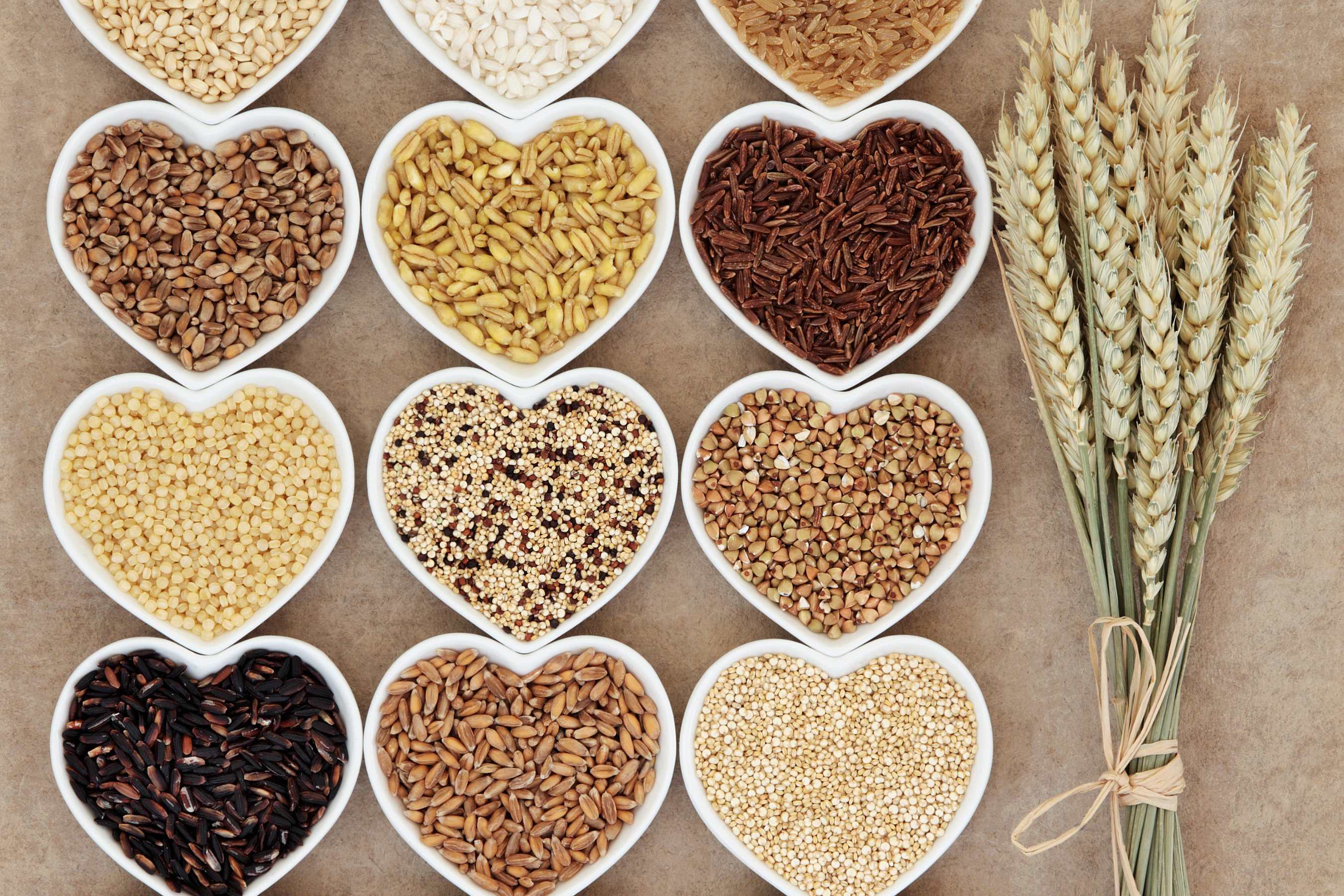
Leave a comment
All comments are moderated before being published.
This site is protected by hCaptcha and the hCaptcha Privacy Policy and Terms of Service apply.